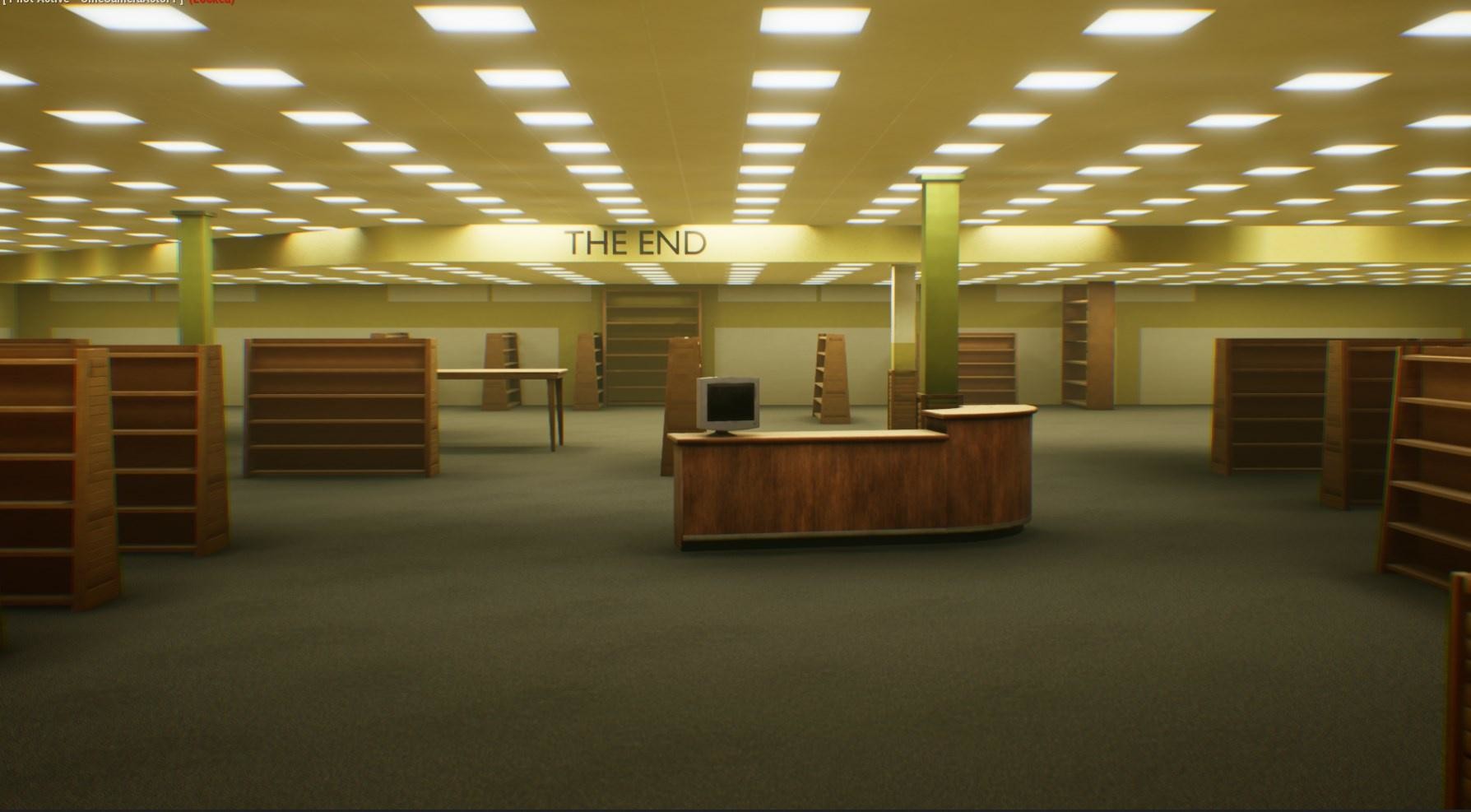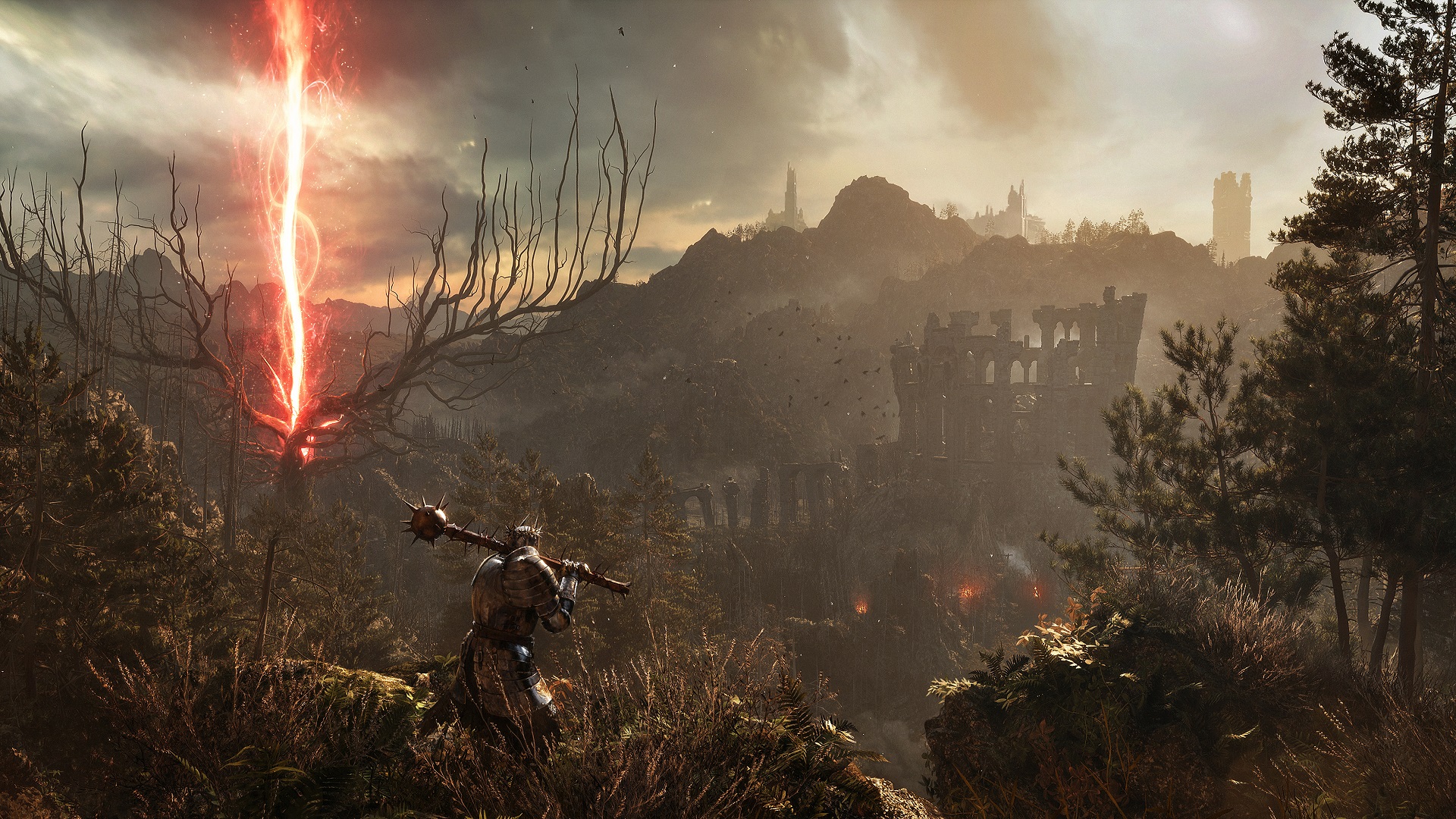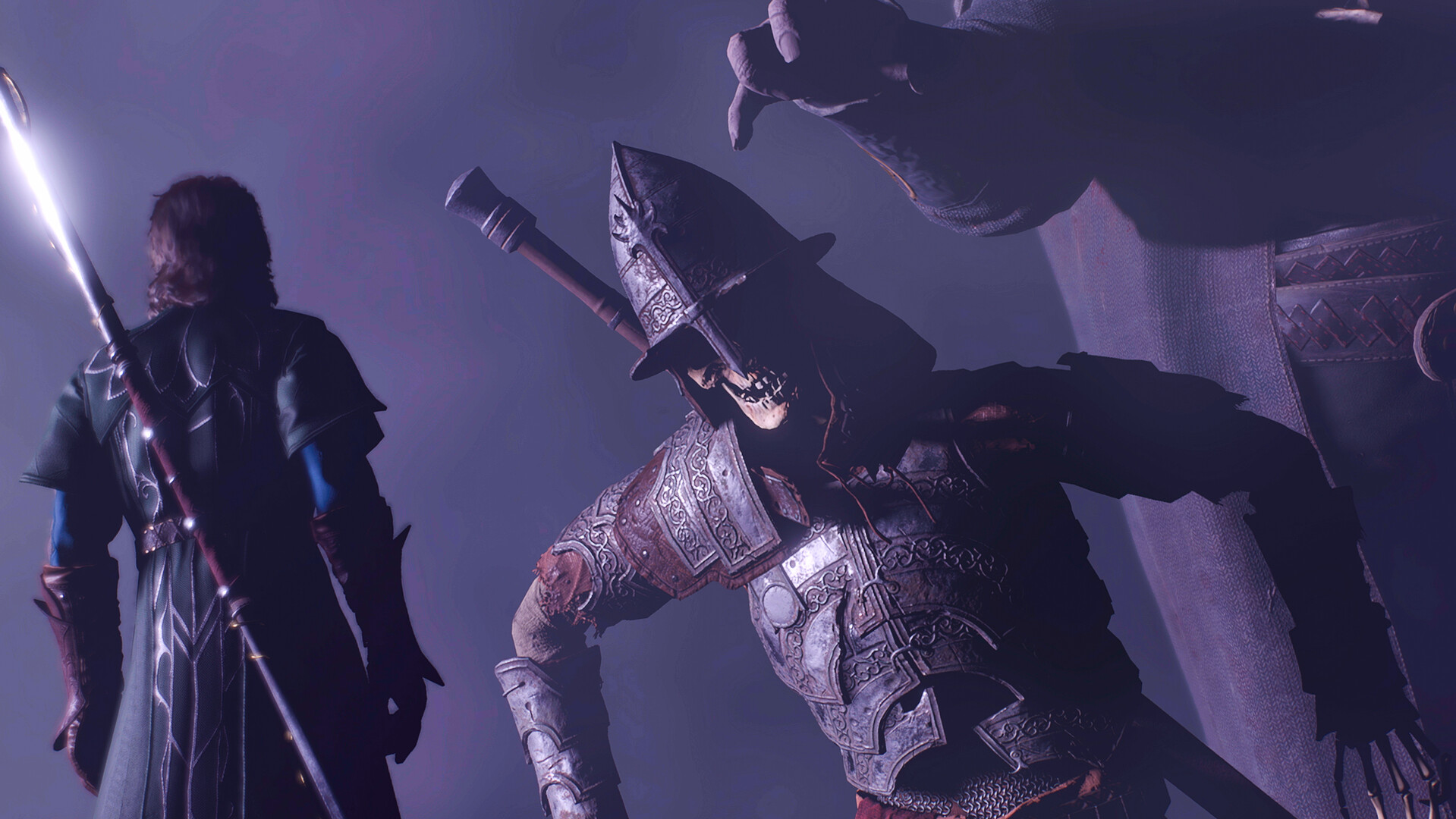
The True Malevolence of The Backrooms
The Backrooms started as nothing more than an image of an empty and terribly aged office space on an unsettling-images 4chan post. Since the forum post on May 2019, its spread amongst creepypasta enthusiasts has skyrocketed to multiple games, short films, parodies, and fan novelization. It’s uncommon for passive internet content to obtain such traction and especially at this scale. The SCP Universe and Slenderman are some of the few other largely famous community-sourced internet horrors.

In the beginning, The Backrooms was that mentioned image with a description captioned by a second anonymous poster. It is as follows:
If you’re not careful and you noclip out of reality in the wrong areas, you’ll end up in the Backrooms, where it’s nothing but the stink of old moist carpet, the madness of mono-yellow, the endless background noise of fluorescent lights at maximum hum-buzz, and approximately six hundred million square miles of randomly segmented empty rooms to be trapped in.
God save you if you hear something wandering around nearby, because it sure as hell has heard you
The success of The Backrooms visually is leaning into the Malaise of yellowing fluorescent lighting that consumed late 20th-century commercial buildings. These buildings are made to be uniform and scaleable. A design formula that could be repeated with little cost. Every room is built to be used for anything, reception, bedroom, nursery, kitchen. A space built to have no defining characteristics. You could say this is why no matter how different the building is they all look the same.

Why do people always joke that schools look like prisons? Well as far as history knows there’s enough material to back up that claim. There’s a reason why every building we see is the same depressed square riddled with the same isolated cavities that look the same from top to bottom floor. Some time ago some people saw what reinforced concrete and steel beams could do and decided to make life as joyous as the industrial world they lived in. The principles of modernist architecture were material function over everything. The materials that makeup all the surfaces we interact with inside buildings like walls floors and ceilings are cheap in cost and lightweight. With buildings this cheap the last thing someone wants to do is embellish it with expensive installation. This space is for one thing and one thing only, the efficient reception and processing of goods and commodities. Everything that could make the office space special is modular and ephemeral. Only temporary decals, posters, signs, and artwork apply some substance. The employees that inhabit these buildings only exist during their paid time and through their personal items, which can be packaged up and ejected when no longer desired by the formless honchos ever-present.

Why is it popular?
With how omnipresent modern-style buildings are in our world they have become a cultural constant amongst enough of the internet community that The Backrooms concept resonates. The most sensory detail is the smell of stale carpets and yellowing wallpaper cast under the fluorescent light tubes. The original Backrooms image came from a Subliminal image board, it’s dedicated to seemingly mundane and normally crafted spaces in modern life that become unsettling once vacated by human occupation. Where the threat of violence is central to much of the horror genre that’s not the focus here, it’s the brain fog, surreal fugue state, or feeling of malaise that the antiquated “modern” office interior creates. Because the modern style of architecture is focused on efficiency, function, and scalability it quickly creates that subliminal feeling with its sterile and empty surfaces.
There’s another body of horror content that I think precedes The Backrooms. If it’s not an explicit reference I think it at least proved the formula. SCP-3008 The Infinite Ikea is a horror article that describes a paranormal interior of an Ikea where space expands without limit and warps distressingly. Once someone enters this space they are trapped forever apart from the few written documents that have somehow made their way out. The principles of its horror remain the same where the minimalistic and vibrantly graphically designed showrooms of Ikea and its different facilities are extrapolated forever and become a leaded smog of cruel design.

I think that the last part is the fulcrum of liminal space projects. They take design principles that are common to everyone who lives in modern architecture and pushes it until the flaws become maliciously apparent. With the dozens of levels and puzzling cramped passages with limited sunlight, their only physical danger is fire, water leaks, or collapse. If one was to find a comparison in nature the closest phenomenon would be a winding underground cave system only of a monstrous proportion and inverted to dig up into the blue sky. The endless Catacombs that is The Backrooms expose how our skies have become stone labyrinths.
The Game Escape The Backrooms has multiple levels of The Backrooms, each level that the player can proceed to is themed around another persistent visual of modern space. The original 90s decaying office space is the starting point with other levels such as an endless ocean, service tunnels, rolling hills, highway tunnels, and more. All mundane locations are pushed to emphasize the artificial nature of their place in nature, the consequence of forced uniformity. I think what Escape The Backrooms does well is characterize the backrooms as a gutter that forms from unsettling architecture. At a glance these spaces are no different than their real-life counterparts, they are interiors meant to isolate the inhabitants into an entirely different and oppressive environment and I think as horror The Backrooms is able to pick at that to show how oppressive that can be.
I hope this illuminated not just what The Backrooms is but why it came into being as a cultural phenomenon and popular internet horror media. The Backrooms isn’t engaging because it supplants something scary in a familiar setting but rather it reveals the underlying malice in a part of the world we already experience and seeks collective catharsis from.




